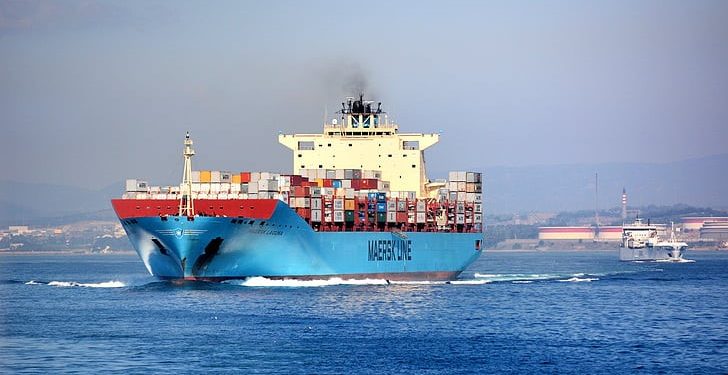The task of shipping cargo nationally or internationally is not easy to deal with. It requires a truckload of paperwork. The majority of these papers and documents are done for specific cargo shipment, which is why; unless you want to transfer sensitive stuff, better don’t get indulged.
Shipment documents are important to ease the entire process. It helps you to reach your materials from one place to another with no issues, all while following the law.
But before you hire a Canadian freight forwarder, familiarise yourself with the different shipment documents, which we have discussed below:
Table of Contents
Commercial Invoice
You cannot do without a commercial invoice when transferring items via ocean. It is perhaps the most important document in ocean freight and issued by the exporter to the importer. You are required to show this document to the customs clearance officials.
Export/Import Customs Declaration
The purpose of this document is to list all items being exported or imported into the country. This declaration is crucial when transferring items to other countries. It is used by customs clearance officials to calculate taxes or duties applicable to the shipment. Customs brokers issue this document using the packing list and invoice.
Packing List
The packing list gives an overview of items listed in the commercial invoice and information to pack the shipments. You will require this document when transferring items via ocean.
Certificates
The certificate type required depends on the shipment. There are three types of certifications – production certificate, vessel certificate, and phytosanitary certificate. The production certificate relates to goods using approved methods or sustainable resources. The vessel certificate ensures the ownership rights of the vessel. The phytosanitary certificate is required for plant-based products and ensures they are pest-free.
Arrival Notice
This paper informs the arrival of the shipment at its desired address. It is an important document consisting details like sailing information, commodity description, contact information of freight carrier, destination country, etc. It is issued to the consignee by the ocean freight carrier’s destination agent.
Certificate of Origin
This paper reveals information on the items’ origin country or the place it was manufactured. It is an important paper and you cannot do without it. It furnishes details about the product, and the country of export, and also determines if the item is eligible for import.
Letter of Credit
It is a means of payment and is used in international trade transactions. Banks issue this letter to the seller on behalf of the buyer.
Shipment documents are crucial to ensure your items reach their desired destination on time. Both exporters and importers need to manage the necessary paperwork to avoid any kind of trouble.


 Home
Home









